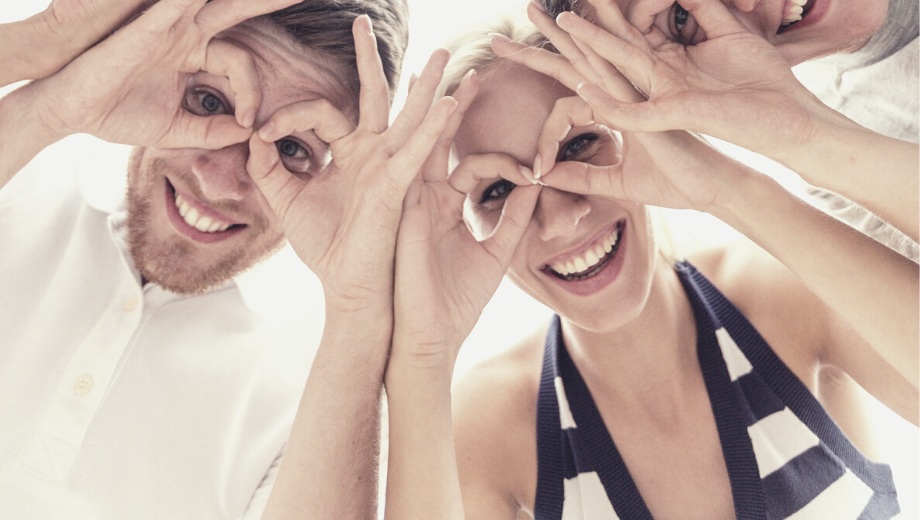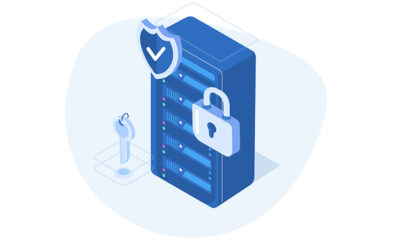Facial recognition technologies are no longer something out of science fiction — they are becoming part of our everyday lives. We use them for unlocking our smartphones or passport control at the airport. What does face detection have to offer the event industry?
Amazon delivers more than just millions of packages every day. The American e-commerce giant is also one of the leading companies in the area of real-time facial recognition. The background? Amazon wants to make it as easy as possible for its users to purchase products online or in brick-and-mortar stores.
So, rather than complicated passwords or login data, why not use the customer’s face? After all, people always have their face with them and, in most cases, there’s only one of each of them in the world! An exception: Tom Cruise in the Mission impossible films. But that’s only in Hollywood…
Entry into daily life
Users of state-of-the-art smartphones have long been used to unlocking their mobile phones with a single glance. The technologies are continually becoming faster and more reliable. Whether at passport control or airport check-in, new areas of use are popping up almost every day.
At this point, facial recognition software can even recognize a hungover, rumpled face with a 3-day stubble.
Good or bad for the event industry?
Naturally, the topic of facial recognition is becoming more and more relevant for trade shows, conferences, and events. But is that absolutely awesome, or are there a few unpleasant aspects as well?
Some things speak for the use of facial recognition software at events:
- Check-In: Printed tickets were yesterday. Today, there are smartphone tickets, Wallet, QR codes, iBeacons, or RFID. Event check-in is getting faster thanks to new technologies, which in turn leads to a better event experience for the participants. After all, who likes to stand in line? Facial recognition software has the potential to shorten waiting times for check-in even more if no badges at all need to be printed out or presented anymore. That plays a big role at high-traffic trade shows. At the ICE Awards in London, the check-in process could supposedly be completed five times faster than in the past. Requirement: All participants must have a profile photo stored in the data bank.
- Access control: At times when there is a risk of terror attacks, or for events with special security concerns, facial recognition software has the potential to ensure that really only authorized attendees are allowed to enter the event. The system sounds an alarm if someone who doesn’t belong there tries to sneak in. Then the check-in or security guards can step in.
- Exchanging contact info: Wouldn’t it be great if you could exchange contact info by just taking a picture of your counterpart? We remember faces better than names anyway. When two conversation partners have checked in at an event with facial recognition and their photos are saved in the participant database, they just need to take a picture of each other with their smartphones and — poof! — they have exchanged contact info.
- Pay-by-Selfie: This is one of Amazon Web Services’ patents, in which a selfie is taken rather than entering a password. It takes just a moment in front of the camera to trigger the payment process. You don’t even need a credit card anymore — in fact, not even a smartphone — to pay the entry fee at a trade fair or conference!
- Missing Persons: A nightmare for parents — their child wanders off on a visit to Disneyland or at a music festival. But it’s no problem with facial recognition software and surveillance cameras. In no time flat, the little adventurer is back safe in his parents’ arms. The same technology could be used at trade shows to see what specific visitors are interested, which way they walked, which exhibitors they found most interesting (length of their visit!). This would let creative trade show managers initiate brand new revenue generators: displaying sponsored links to other exhibitors with similar products. But here we can already start to see the disturbing side of facial recognition.
These are the more critical points:
- Privacy / GDPR: What haven’t we all done to conform to the requirements of the European General Data Protection Regulation? And it’s taught us that, without the express permission of the data subject, nothing can be saved anymore. In the same way, a company needs to be able to prove at any time when and how the data subject gave their permission for the personal data to be saved. Automatic tracking with facial recognition and possibly the storage of movement profiles are the nightmare of every data protector.
- Mood detection: The newest system for facial recognition doesn’t just identify people. It is even able to recognize moods. A typical usage example: I come home from work; my smart home music system takes one look at my face and already knows what kind of mood I’m in. Like magic, the system plays “Happy” by Pharrell Williams. Or would “Hells Bells” from AC/DC be better? So a photo of the plenum at the medical conference will be enough to tell if the presentation was lousy or Nobel Prize material? And if we want to save all of that and run Big Data analyses, then “loss of privacy” won’t even begin to cover the situation for our customers anymore.
Conclusion
Technology is great. At Converve, we love technology! But only in connection with an active discussion about the impact that new technologies will have and whether they are really for the benefit of visitors and the event industry.
And for that, every single person must consider what and how much they want to reveal about themselves.
Despite the euphoria over the potential for facial recognition, we must exercise great caution.



